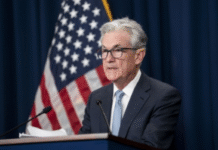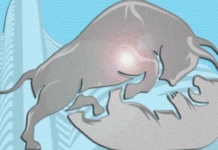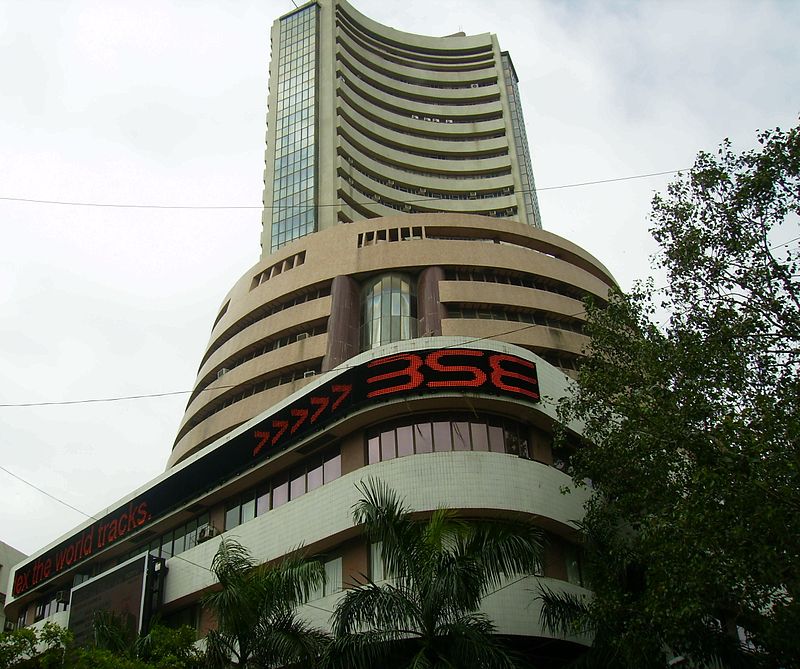New Delhi– A sharp spurt in food and fuel prices pushed India’s annual retail inflation in November over the RBI’s median level of 4 per cent, even as factory output growth in October contracted to 2.2 per cent, official data showed on Tuesday, even as industry called for “remedial” measures to help revive demand.
According to the data from the Ministry of Statistics & Programme Implementation, consumer price index (CPI) inflation in November rose to 4.88 per cent from 3.58 per cent reported for October.
The rate of retail food inflation during November stood at 4.41 per cent on a year-on-year basis, as compared to 1.90 per cent the previous month owing to a rise in the prices of items like vegetables, milk-based products, cereals, meat and fish.
The “fuel and light’ segment’s inflation rate accelerated to 7.92 per cent in November.
Vegetables during the month became costlier by a staggering 22.48 per cent, while prices of milk-based products rose by 4.52 per cent.
Meanwhile, data on Tuesday also showed the country’s factory output growth slipped to 2.2 per cent in October, from 4.14 per cent in September, mainly on account of a deceleration in manufacturing and mining outputs.
As per the Index of Industrial Production (IIP) data released by the Central Statistics Office, on a year-on-year basis, the manufacturing sector expanded by 2.5 per cent, whereas mining output was a mere 0.2 per cent and electricity generation expanded by 3.2 per cent.
The Reserve Bank of India (RBI) has a medium-term target for consumer price index (CPI) inflation of 4 per cent with a range band of 2 per cent either way. At its fifth bi-monthly monetary policy review of the fiscal earlier this month, the RBI kept its key lending rate unchanged at 6 per cent for the third time in a row, citing concerns over the rising trajectory of inflation.
Commenting on the IIP data, industry chamber Assocham said manufacturing activity slowed in October as inflows of new orders stagnated “even as negative effects from implementation of Goods and Services Tax (GST) continued to dampen demand levels.”
“Demand side scenario for intermediate and basic goods is not encouraging and needs attention to identify factors and remedial measures for revival,” Assocham Secretary General D.S. Rawat said in a statement here.
“We at Assocham expect that domestic conditions for growth will improve gradually, mainly driven by consumption demand, which is expected to strengthen with implementation of the Seventh Pay Commission and government stimulus package to revive the economy,” he added.
Rating agency Crisil expected the RBI’s Monetary Policy Committee (MPC) to keep policy rates on hold for the remainder of this fiscal.
“That said, there could be room for a rate cut only if the downside risks to growth materialise, and inflation undershoots the MPC’s estimates,” a statement said.
“Inflationary pressures are again in the spotlight with the crude oil price seeing a sustained rise, impact of payment of higher house rent allowances to government employees, rising rural wages, some indication of return of pent up demand in the economy and a weak base,” it added. (IANS)







